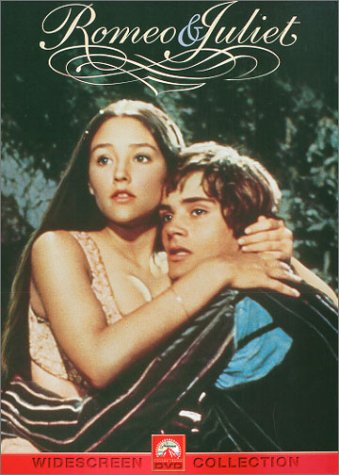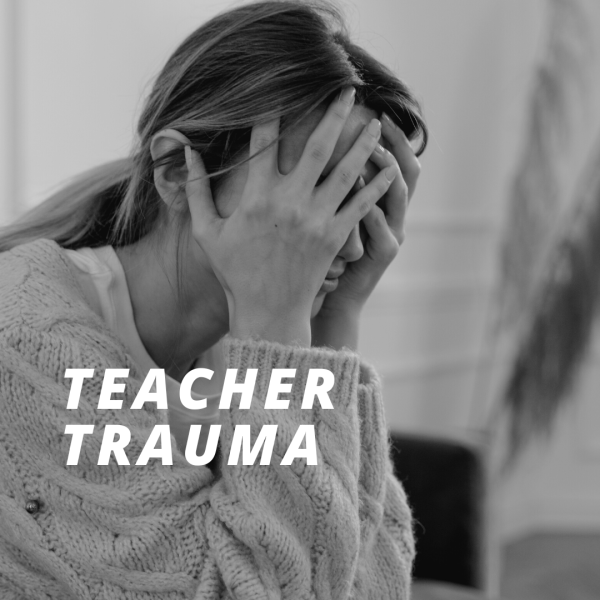Teenage Suicide, Don’t Do It
Can movies and TV shows promote teen suicide? Increasing evidence suggests that imitative behavior may have a role in suicide among teenagers. According to a recent study by the U.S. Department of Health and Human Services rates of depression for high school students increased by more than 60 percent between 2009 and 2017. During roughly the same time period, the number of teens who attempted suicide or experienced suicidal ideations nearly doubled—emergency rooms went from seeing 580,000 children age 5 to 17 in 2007 to 1.12 million in 2015.
The series 13 Reasons Why is an adaptation of the book that follows the repercussions of 13 tapes a high schooler sent to people in her life after she died by suicide; All The Bright Places which is about Finch and Violet’s excursions together that eventually spark a romance between them, but navigating their own lingering personal struggles begins to interfere with keeping their relationship afloat; Romeo and Juliet, a tragedy by William Shakespeare that is required reading for most teens in the US, all concern the realities and horrors of teen suicides, and the effect it has on those around them.
13 Reasons Why
Mental health experts warned that such an unsparing depiction of death was dangerous, and could potentially glorify suicide, inspiring teens to copy what they had seen play out on screen, but that didn’t stop viewers. Researchers at Nationwide Children’s Hospital found that the month following the debut of the series suicides spiked by 28%, there were 195 more suicides in the nine months after the show premiered. A significant number of suicidal teens treated in the psychiatric E.R. said that watching the show increased their suicide risk. Of the 87 teens they surveyed, half had watched the show; of them, 21 said it heightened their risk.

Romeo and Juliet
Exploring Romeo and Juliet from a mental health standpoint, Benvolio and Montague discuss their concerns about Romeo’s mental state (I.i. 113-189). Romeo was showing signs of being withdrawn and unable to communicate. By the time the fifth act was over, there were more than 30 passages that demonstrated one of the 12 warning signs of suicidal tendencies. In this fictional story, red flags are all over the place. Who knows how the play might have been different had one of their loved ones engaged a bit more?

All The Bright Places
All The Bright Places, written by Jennifer Niven, follows two young people Violet and Finch, who meet when they both decide to attempt suicide. The film is billed as a “love story about a girl who learns to live from a boy who intends to die.” Throughout the book, Finch uses water to cope with his bipolar depression. In moments he will even stay underwater for numbers of minutes alarming family and friends foreshadowing his disappearance and eventual suicide. All The Bright Places ultimately has a heartbreaking, rather sudden ending that could be triggering for some viewers. Some fans have even called for Netflix to add a content warning before the film, and it is concerning that the streaming service didn’t think to do so.








